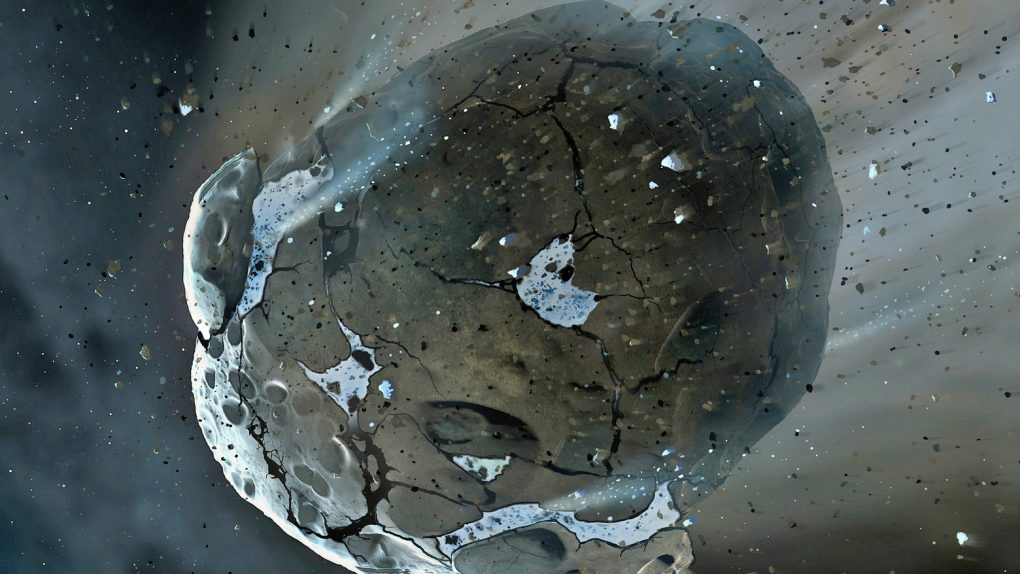The universe never lets us here on Earth go very long before reminding us that we’re really just a random dice roll away from global catastrophe. The next timely reminder will happen on April 19th when asteroid 2014 JO25 will cruise by our planet at a relatively safe distance of roughly 1.1 million miles. That distance, while relatively comfortable, is still pretty close, especially when you realize how large the rock actually is.
NASA’s Jet Propulsion Laboratory describes 2014 JO25 as being approximately 2,000 feet wide, or about 650 meters across, which is a little more than two-fifths of a mile. That’s a pretty large chunk of rock, and NASA says it’s the largest asteroid to come that close to Earth since 2004, with the next similar flyby predicted to occur in 2027 when asteroid 1999 AN10, measured at about a half mile in width, makes an appearance at a distance of 236,000 miles.
For a few nights following April 19th, amateur astronomers may be able to catch a glimpse of 2014 JO25 thanks to it gaining brightness, though it will still be somewhat difficult to spot. This particular asteroid isn’t expected to come this close to our planet again for another 500 years or more.
April 19th will also mark the appearance of a comet for some star gazers who happen to live in the right place. Comet PanSTARSS (C/2015 ER61) will be at its nearest point to Earth that day, though it’ll still be a very distant 109 million miles away. Having gained a lot of brightness since its discovery in 2015, the comet can now be seen with binoculars at specific times of the day.








